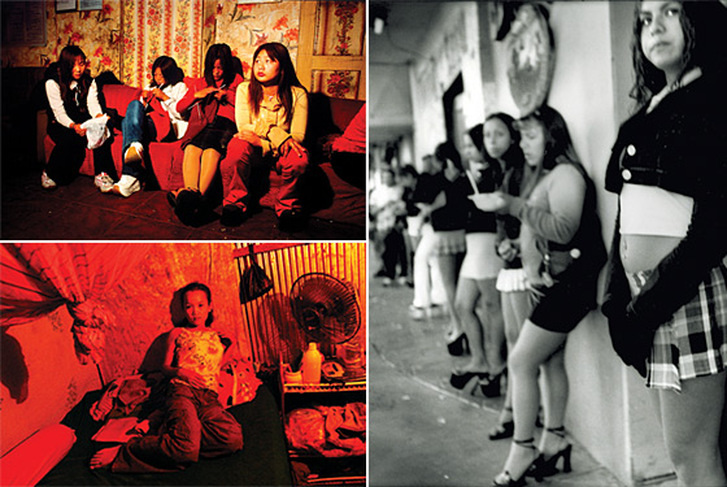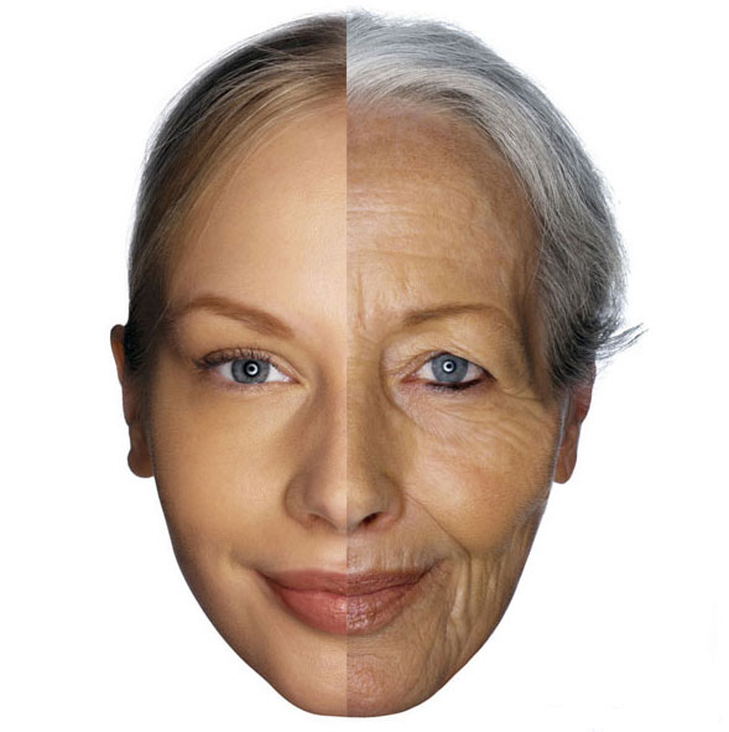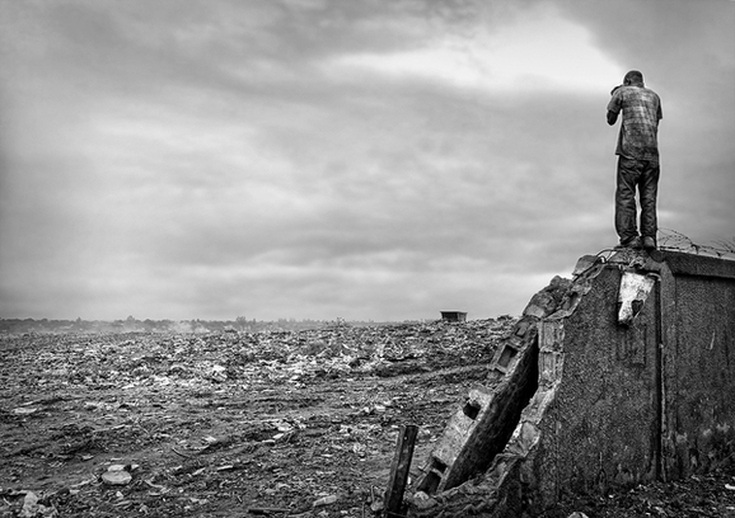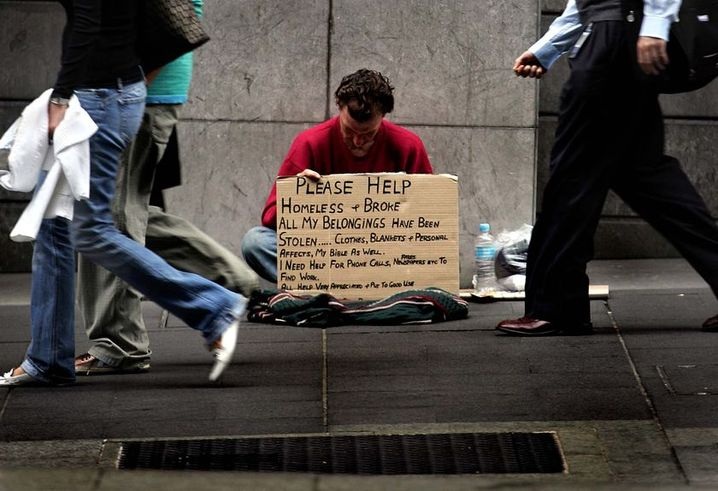Alcohol, legal and illegal drugs, and other addictive substances were the focus of discussion for this week. For this blog assignment, you are expected to answer four questions after watching three segments from the documentary "The Truth About Drugs" created by the Foundation for a Drug-Free World. The video segments and questions for the blog assignment are posted below for your kind information. The purpose of this blog assignment is to understand the influence of media in addressing social problems and issues such as alcohol and drug abuse. Please watch BOTH of these segments: Please also choose ONE of the following segments to watch: After watching the introduction, one of the drug/substance segments and the conclusion from above, please make sure to respond to the following questions: - In addition to the intro. and conclusion segments, which segment did you choose to watch and why?
- What do you think the message(s) or purpose (positive and/or negative) of EACH of these segments was?
- Do you think the message(s) and/or purpose was/were delivered effectively? If so, how so? If not, why not?
- What potential influence or impact (positive and/or negative) might these segments have on the audience?
***Your response (blog post) to this blog above is required by Tuesday, December 4, 2012 at 11:59 p.m. AND your three separate responses to your classmates are due on Thursday, December 6, 2012***
Although we studied and discussed them separately for the most part, crime, violence, and criminal justice have often been found to overlap and intersect with notions of human sexuality. For example, on a global scale, hate crimes are known to often target individuals who have sexual lifestyles that are in the minority and also well-underrepresented. Human trafficking for the purposes of enslavement and soliciting sex in urban centers is also very common. Prostitution, which most commonly involves young women and children, has also been identified as a "victimless" crime, especially among those who are not coerced to in the business, thus forcing many to ask if it should be legalized or not. Rape is also often used as weapon of war, control or domination, exemplifying that human bodies are no different than territories and lands that can be violated, mutilated, conquered, and owned. Vulnerable populations have been found to be intentionally injected with sexually transmitted infections (STIs) or sexually transmitted diseases (STDs) such as syphilis or HIV/AIDS.
Consider how human sexuality, crime, violence, and criminal justice overlap in the context of social problems. What kind(s) of social problem(s) come to mind? What forces exist within society that allow such social problems to exist? What has been done to address the issue? Is there anything that is left to be done? If so, what do you think should be done? How can education play a role in addressing this social problem? Or is the spread and growth of this social problem inevitable? If so, how so?
***Your response (blog post) to this blog above is required by Thursday, November 29, 2012 at 11:59 p.m. AND your three separate responses to your classmates are due on Saturday, December 1, 2012***
You have been invited to speak on a student panel at Montgomery College about raising awareness on campus about the intersectionality of aging and gender, particularly as it relates to inequality and other social problems on college campuses. During your presentation, you are asked to specifically address these issues within the context of Montgomery College. Using your personal experience of studying on a college campus, such as Montgomery College, please address the following questions and how you would discuss them as a panel member. The questions are: - What do you personally believe the root causes of discrimination and prejudice specific to gender and aging are?
- Does gender-based and/or age-based inequality exist on campus? If so, how so? If not, why not?
- How does inequality of aging and gender manifest itself on campus? Are there any examples you can you identify in which such inequalities have been observed and/or experienced?
- What do you propose is necessary to address such inequalities on campus? How can your remedy or solution be carried out or implemented?
***Your response (blog post) to this blog above is required by Tuesday, November 20, 2012 at 11:59 p.m. AND your three separate responses to your classmates are due on Friday, November 23, 2012***
This week, we covered two major social problems that are evident both locally and globally—the extreme gap between poverty and wealth that exists in the United States, as well as racial and ethnic inequalities. Given that these inequalities are manifested in many ways, including the education system, one might consider if certain incentives and/or quota should be set in place for poor and/or minority students since (on average) their admission to higher education institutions is dramatically low compared to wealthy students who most often represent majority racial and/or ethnic groups (unless certain incentives are offered, such as grants or scholarships, for example). Taking this wide discrepancy between poor and wealthy students and majority-minority students into consideration, do you think affirmative action policies should be implemented within universities to help regulate this great discrepancy? Why or why not? Are there any alternative options? When responding to this question, please support your answer with concrete evidence or references. Please also take into account the controversy over racial classification, affirmative action, and discrimination with regard to university admissions. It is important to also remember to utilize sociological imagination when considering how various contexts (i.e., historical, cultural, socioeconomic, religious, etc.) might influence, reinforce, perpetuate, or challenge such inequalities. ***Your response (blog post) to this blog above is required by Tuesday, November 13, 2012 at 11:59 p.m. AND your three separate responses to your classmates are due on Thursday, November 15, 2012***
According to Macionis (2010), a social problem is defined as "a condition that undermines the well-being of some or all members of society and is usually a matter of public controversy." Based on our initial discussion in class about what social problems are, please reflect on what your personal definition of a social problem is. Share your own definition of a social problem, and please make sure to provide an example of a social problem. Explain why you consider it to be a "social problem." Do you have any proposed solution(s) to addressing this social problem? If so, what is it/are they?
Post a blog response to the above assignment by clicking on "Add Comment" below. Please make sure to include your name and email on the post (your email address will not be published). In addition to responding to answering the questions above, please also make sure to respond to three of your classmates' remarks as well.
***Your response (blog post) to this blog above is required by Tuesday, November 6, 2012 at 11:59 p.m.. AND your three separate responses to your classmates are due on Thursday, November 8, 2012***
|





 RSS Feed
RSS Feed